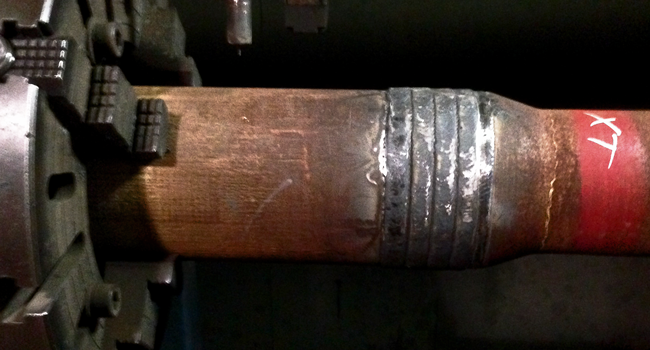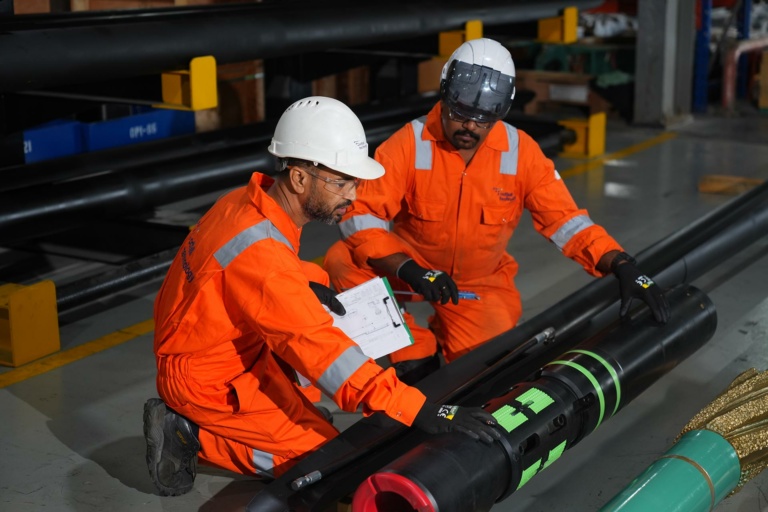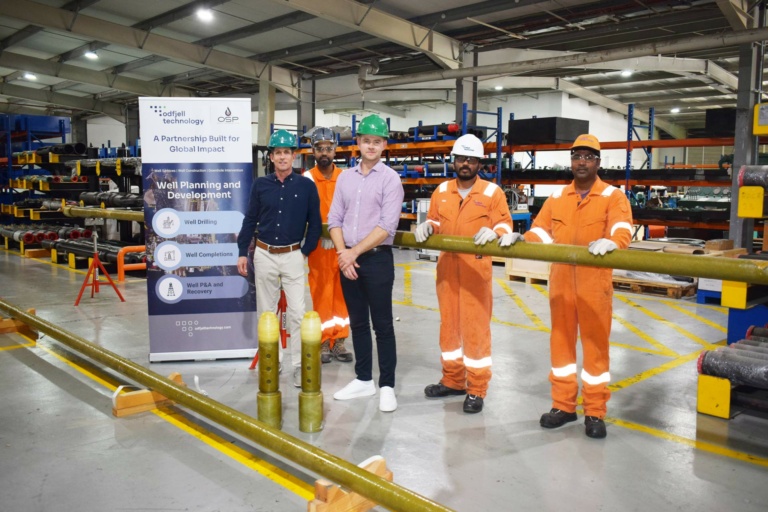Why hardbanding of joints can help prolong drillstring life
Drill pipe tool joints are tough as steel, but before you send them down hole, be sure they have the proper protection. Hardbanding does the job pretty well.
What is hardbanding?
Hardbanding is a weld overlay coating applied to drill pipe tool joints. This belt of hard metal is stronger than the base material. Its purpose is to protect the drillpipe from wear and tear downhole, thus increasing its lifespan.
Downhole friction should not be taken lightly, as it can cause severe wear and tear and reduce the outer diameter (OD) of the tool joint. Using hardbanding you literally take load off the tool joint shoulder.
Typically hardbanding will have a hardness of approx. 56 Rockwell C, compared with the base material, which usually has a hardness of about 35+.
How to choose the right hardbanding
In order to decide correctly which type of hardbanding you are going to use, you have to know where the tool joints are going to be used:
- Will it be used in an open hole where there is no casing and the tool joint will be rubbing against the well wall?
- Or will it be used inside casing?
In the latter case, you need hardbanding with low friction. Rotating in the casing will cause casing wear and might result in you being forced to cut and pull the casing, which is not an ideal situation. Often you need to find a compromise, so that it can be used in both scenarios.
> Read also: How to choose the right drill pipe
Hardbanding is not obligatory
API 5 does not require that you hardband the drillpipe tool joints. It is a voluntary option when you purchase the drill string. However, hardbanding will definitely help prolong drillstring life.
The process of hardbanding drill pipes produces a lot of heat. You therefore need to hardband before you put on the coating. Otherwise you’ll ruin it. Keep in mind that used drillpipe also has plastic coating, so you’ll have to choose whether you want to prioritize coating or banding.
When the hardbanding is worn you have to grind it down and put on new hardbanding. This is especially important if you are switching to another brand and type.
It is always wise to think through your choice of hardbanding from the start. Make sure it is cracking and splatting resistant, has low coefficient of friction and is as hard as safely possible. The better the hardbanding the greater the longevity of the drill string!
Topics: Drilling Equipment

By: Frode Bjørheim
Frode Bjørheim is a specialist in drill pipe standards and lifting equipments with more than 30 years’ experience in the oil & gas industry, both offshore and onshore.



